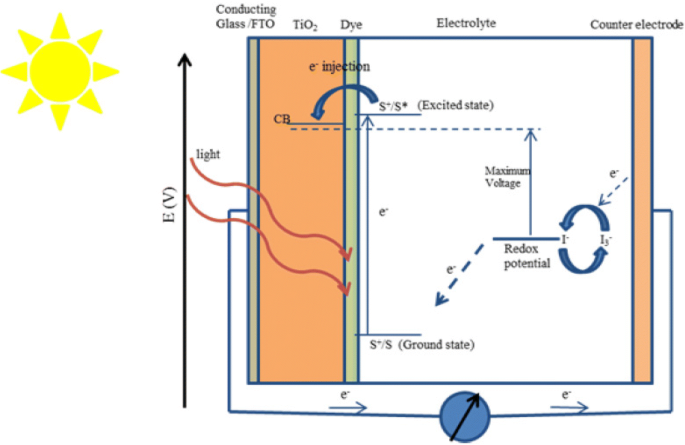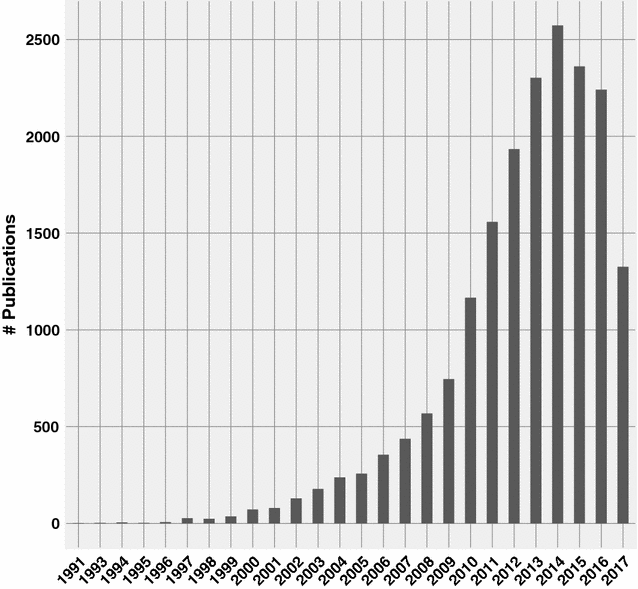Benzene Emissions From Solar Panels

However solar panels are not emitting toxins into the atmosphere as they re generating electricity.
Benzene emissions from solar panels. Although solar energy is a clean alternative to fossil fuels making the panels themselves can have a negative environmental impact. We find a synergetic effect between solar light driven thermocatalysis and photocatalysis. 5 906 metric tons co 2 for electricity 2 21 metric tons co 2 for natural gas 0 25 metric tons co 2 for liquid petroleum gas 0 30 metric tons co 2 for fuel oil 8 67 metric tons co 2 per home per year. Total co 2 emissions for energy use per home.
Benzene is a component of products derived from coal and petroleum and is used in the manufacture of several chemicals. Additionally to produce solar panels manufacturers need to handle toxic chemicals. While solar panels are considered a form of clean renewable energy the manufacturing process does produce greenhouse gas emissions. In addition fossil fuel generated electricity accounts for co 2 emissions of between 400 g and 1000 g co 2 eq kwh whereas co 2 emission from silicon based solar panels are negligible.
A roof top solar platform system oorjan offers solutions to set up and maintain solar panels for households and businesses and aims to take solar energy to the maximum number of people. Workers install solar panels in california. Building solar wind or nuclear plants creates an insignificant carbon footprint compared with savings from avoiding fossil fuels a new study suggests. The nanocomposite exhibits excellent catalytic activity with uv vis ir or infrared irradiation.
It shows that the carbon footprint of solar. Therefore there is a strong focus on benzene in personal monitoring programs in the petrochemical industry. Because of its ability to exploit unlimited solar energy and the potential to drive thermodynamically unfavorable chemical reactions forward figure 1 pho tocatalysis can comprise a low emission route to h 2o splitting 6 co 2 reduction 7 n 2 fixation 8 9 and fine chemical synthesis 10 as well as photocatalytic dye degradation. The research published in nature energy measures the full lifecycle greenhouse gas emissions of a range of sources of electricity out to 2050.
The nanocomposite formation leads to the catalytic activity of tio 2 enhanced by 99 times. Benzene sensor detecting low concentration benzene bright view energy harvesting solar energy from the window surface carbyon from lower to negative co2 emissions.














































